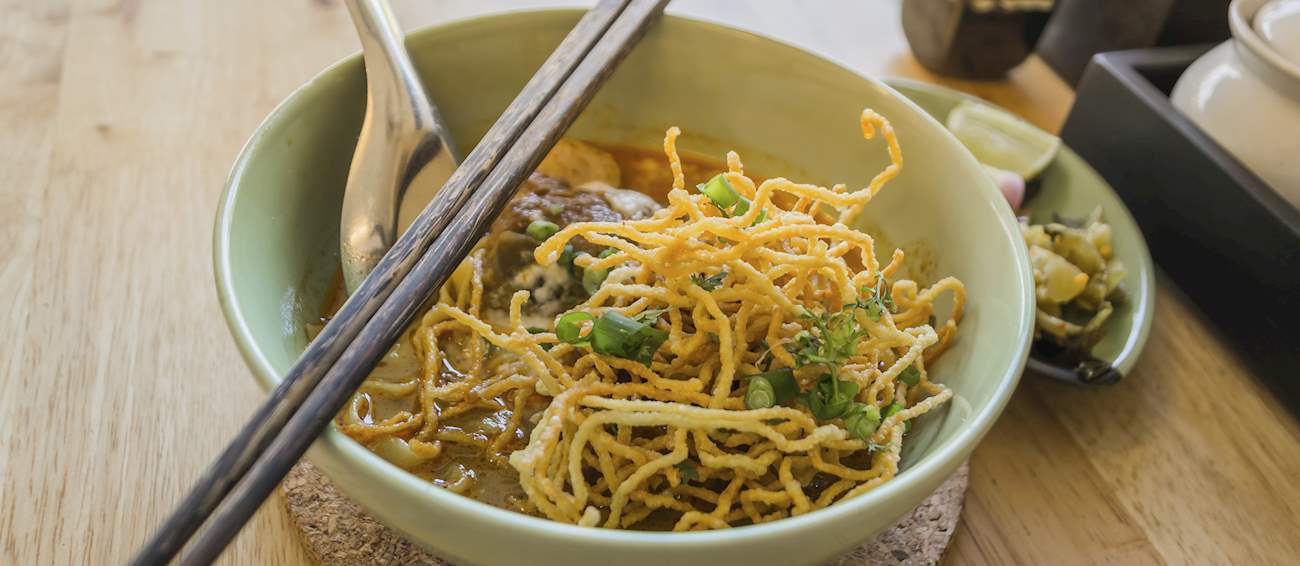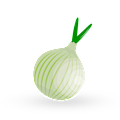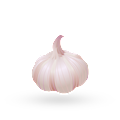MAIN INGREDIENTS
Rendang is an Indonesian meat dish which originated among the Minangkabau people in West Sumatra. The dish is famous for its spiciness and a long cooking procedure. It is often compared to Indian curry because of its consistency and unique flavors.
The theory about how rendang was invented claims that the generous use of spices and long cooking hours were employed to preserve the meat in hot and tropical climates, such as Indonesian, so unsurprisingly, the need to preserve meat for a longer period appeared among the Minangkabau people.
VARIATIONS OF Rendang
MOST ICONIC Rendang
View moreMAIN INGREDIENTS
A signature dish of Northern Thailand, khao soi is a delicious coconut soup in which numerous regional influences were combined to create a truly spectacular dish. The base of the soup is a slightly spicy broth which combines coconut milk and red curry paste.
The broth is served with flat egg noodles and a choice of meat, which usually includes chicken, beef, and pork. It is topped with a handful of crisp fried noodles and chopped cilantro. The dish is commonly served alongside a variety of condiments such as fresh lime, pickled cabbage, shallots, and chilis.
MOST ICONIC Khao soi
View moreMAIN INGREDIENTS
Cassava pone is a sweet, moist, and gummy dessert made from cassava root, pumpkin, sweet potatoes, coconut, sugar, nutmeg, butter, and milk. Not much is known about the origin of this dessert, but it's believed it first appeared somewhere on Barbados, Trinidad and Tobago or in Guyana, although most probably at all of these territories at the same time.
Today, cassava pone is so popular that it is regularly the first dessert to sell out at bake sales, and it is said that if you ask any local about pone, you are almost guaranteed to be regaled with a cherished childhood memory.
Peri peri chicken is a Mozambican dish consisting of grilled or roasted chicken that is often served with a creamy and spicy coconut sauce. Before grilling, the meat is traditionally marinated in cumin, garlic, paprika, lemon juice, and bird's eye chilis, giving the chicken a unique flavor.
The name of the dish is a Portuguese transliteration of the Swahili phrase piri piri, meaning pepper pepper, referring to the spiciness of the dish.
MAIN INGREDIENTS
Bombocado is a Brazilian dessert made with shredded parmesan, grated coconut, flour, milk, butter, eggs, and sugar. The concoction is baked, chilled, then cut into wedges. This dessert is often prepared for the Independence Day, and it is recommended to serve it with a dollop of whipped cream, and a mug of Brazilian coffee on the side.
The name bombocado can be translated as a good bite.
MAIN INGREDIENTS
Usually sold by street vendors, this steamed cake is prepared with glutinous rice flour that is flavored and colored with pandan leaves. The mixture is traditionally steamed in bamboo tubes, while the center of the cake is filled with palm sugar.
When steamed, the cake is usually dusted with freshly grated coconut. Kue putu and similar varieties of these convenient green-colored snacks are also found in Malaysia and the Philippines, and some believe that they might have been inspired by puttu—a similar snack of Indian origin.
MAIN INGREDIENTS
Bicol express is a popular Filipino dish consisting of sliced pork that is doused in a creamy coconut-based sauce and seasoned with shrimp paste and spicy chili peppers. According to popular belief, Cely Kalaw invented the dish in her Manila restaurant.
She was inspired by the traditional Bicolano coconut-infused dishes and named the new invention after a Filipino train service operating from Manila to the Bicol region. Creamy and spicy Bicol express is usually served with plain steamed rice on the side.
MAIN INGREDIENTS
Flan de coco or coconut flan is a delicate dessert that is popular in Colombia, Costa Rica, and parts of the Caribbean. It is typically made with eggs, coconut milk, condensed milk, cream, vanilla extract, and flaked coconut. The dessert is usually baked in small ramekins with caramel on the inside, so when flan de coco is inverted, it has a nice caramel layer on top and on the sides.
Before serving, the dessert is often topped with flaked coconut.
MAIN INGREDIENTS
Both savory and sweet in flavor, arroz con coco is a flavorful Colombian side dish consisting of white rice, coconut milk, sugar, salt, and water. When mixed with raisins, arroz con coco becomes slightly sweeter, while the version without raisins is more savory and traditionally served with fish dishes.
It is recommended to use coconut milk without stabilizers so that it can separate into fat and solids.
MAIN INGREDIENTS
Dadar gulung is a traditional dessert consisting of a thin rice flour crêpe that is filled with grated coconut. Pancake batter is traditionally infused with pandan leaves which add flavor and impart a vibrant green color to the pancakes, but modern varieties often employ green food coloring instead.
When baked, the crêpe is filled with a combination of freshly grated coconut, cinnamon, and dark palm sugar (gula melaka). Apart from Indonesia, this colorful and appealing dessert can be found under various names in Malaysia, Singapore, and Sri Lanka.
TasteAtlas food rankings are based on the ratings of the TasteAtlas audience, with a series of mechanisms that recognize real users and that ignore bot, nationalist or local patriotic ratings, and give additional value to the ratings of users that the system recognizes as knowledgeable. For the “100 Best Rated Dishes With Coconut” list until February 16, 2025, 789,953 ratings were recorded, of which 515,851 were recognized by the system as legitimate. TasteAtlas Rankings should not be seen as the final global conclusion about food. Their purpose is to promote excellent local foods, instill pride in traditional dishes, and arouse curiosity about dishes you haven’t tried.

































































































































